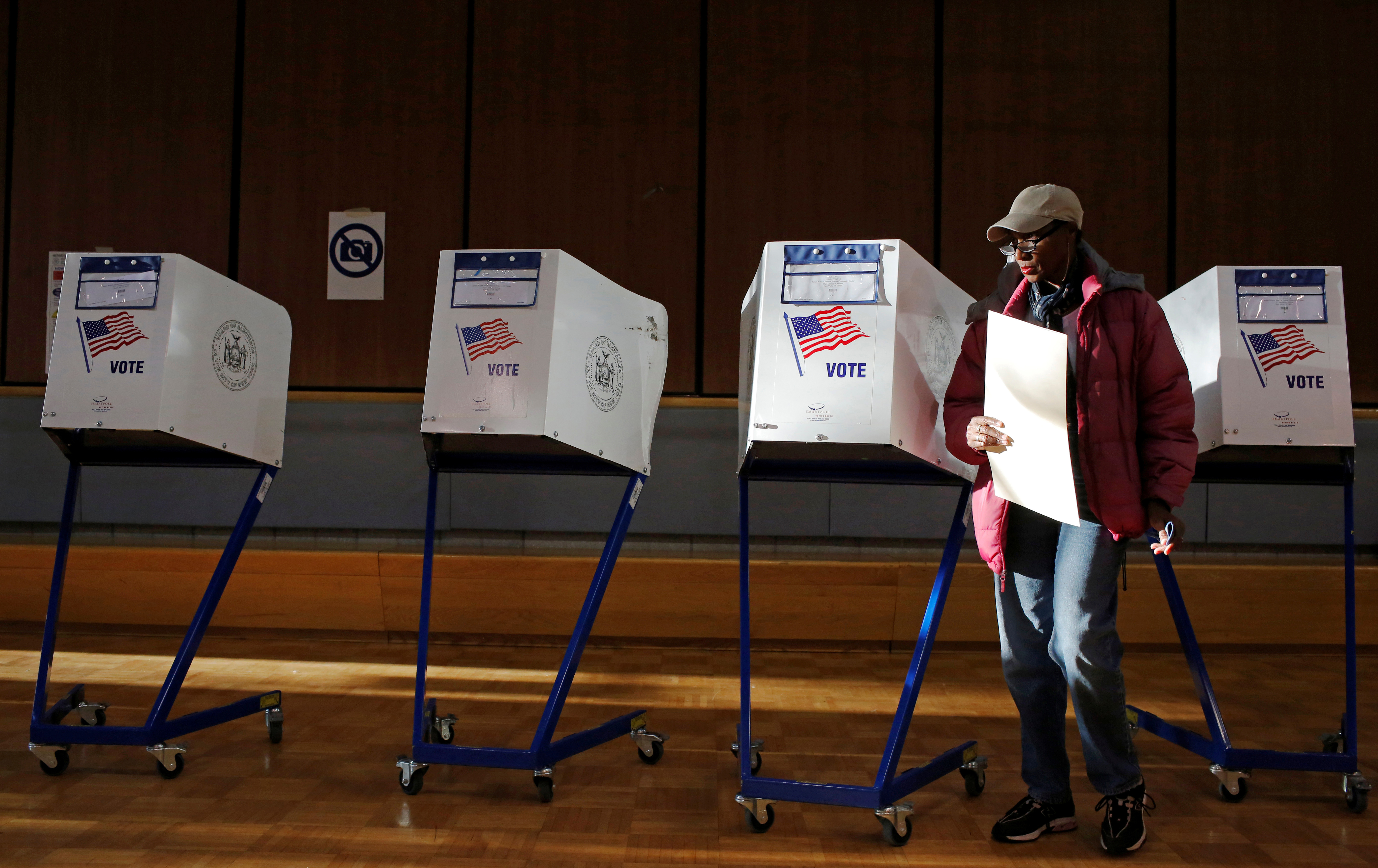Trump & Abe, あちらもこちらもひどい!
あちらの人の方が(比較の問題だが)ひどすぎるので、こちらのあの方はうれしいかと思うと逆で、何だかこのごろとても顔色が悪いように思う。
John のJournalに皮肉たっぷりに「何てったてこの国にはAlternative Factってのがあるから・・・」と。バレバレの 嘘をAlternative Factという人が大統領の執務室にいることほど驚くべきことはあまりない。
今日は、米国憲法に違反する疑いのある大統領令を執行しないよう部下に命令した女性のActing司法長官を解雇した。
Read the full White House statement on Sally Yates
JANUARY 31, 2017
The White House has fired acting Attorney General Sally Yates, a Democratic appointee, after she directed Justice Department attorneys not to defend President Donald Trump’s controversial executive refugee and immigration ban.
The following is the full White House statement:





























